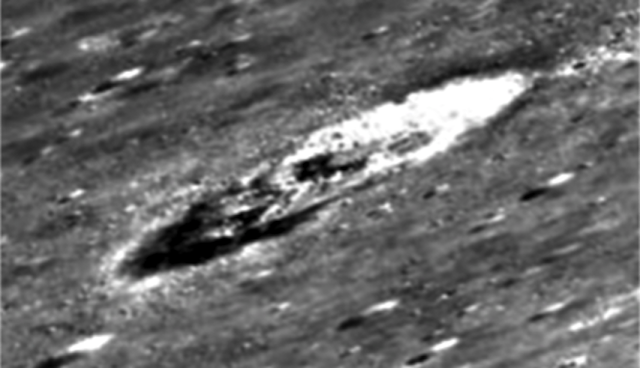

You've raised some interesting points, about impact melt in particular. Astrobotic will collaborate with experts in subterranean robotics at Carnegie Mellon University on this contract.

The company will also roadmap technology for future planetary cave exploration missions. Technologies will be developed to descend into the holes, negotiate the blocky floors, and thread into the tunnels. This is very different from surface exploration, as has been achieved on the Moon and Mars. "Robots are our access to those new worlds." Robotic technologies will be developed to explore the extreme terrains of skylights and caves. "Skylights are gateways to wonders of exploration, science and resources that await beneath planetary surfaces", said Red Whittaker, Astrobotic CEO. In phase II, Astrobotic will detail a mission concept for entering a planetary cave through a skylight, and exploring and modeling the interior. In a phase I study for NASA's NIAC program, Astrobotic developed several mission concepts and investigated key technologies for exploring these exciting planetary destinations. Recently discovered skylights, formed by partial cave ceiling collapse, provide access to sub-surface voids. They can provide a window into a planet's past geology, climate, and even biology. They could be the best place on Mars to find life. They may be the best hope for habitation on the Moon. Planetary caverns and tunnels can provide shelter from micrometeorites, radiation, and thermal extremes for human and robotic explorers. NASA also announced funding for 28 innovative programs under the NIAC label.


 0 kommentar(er)
0 kommentar(er)
